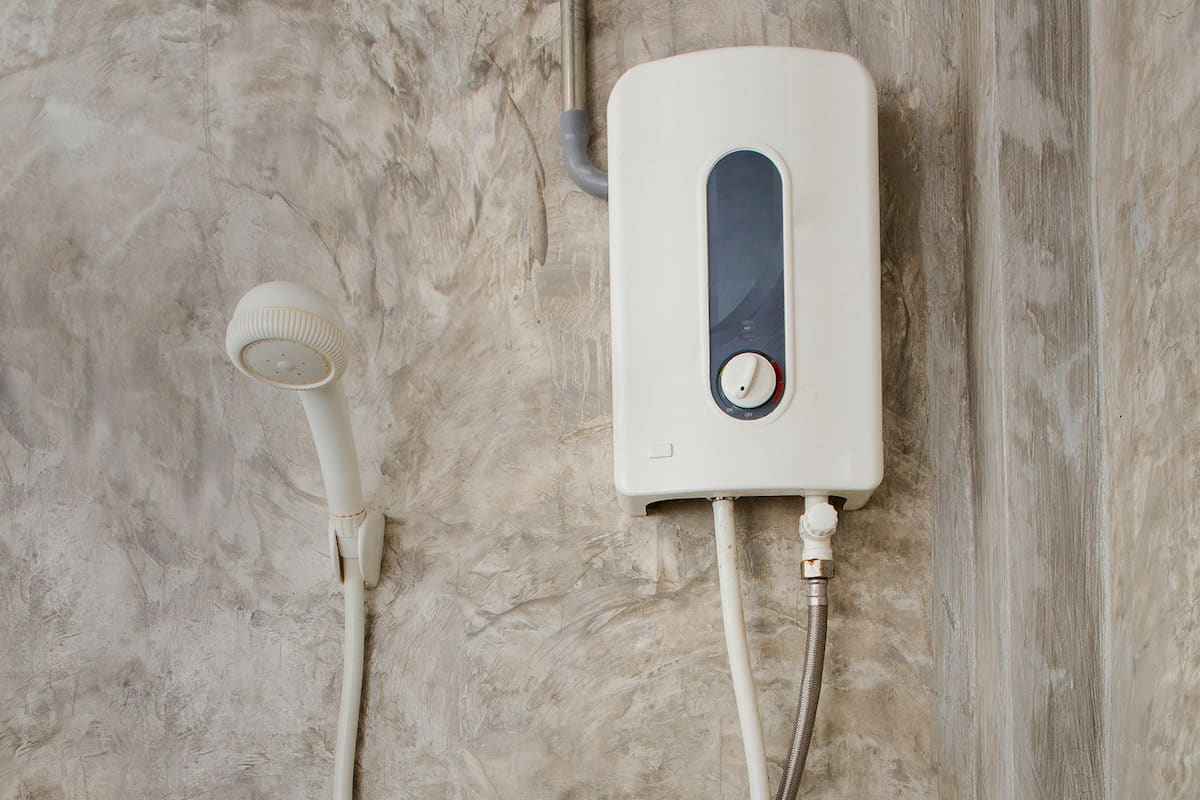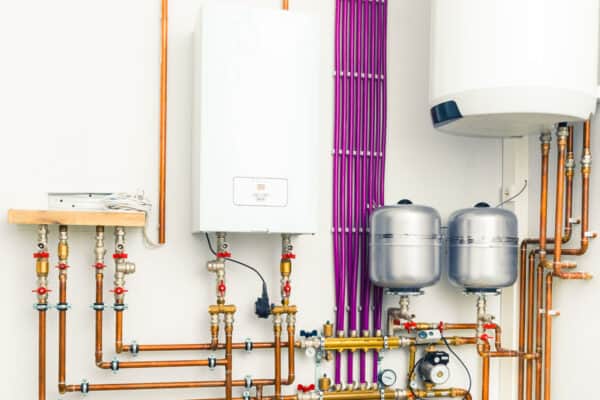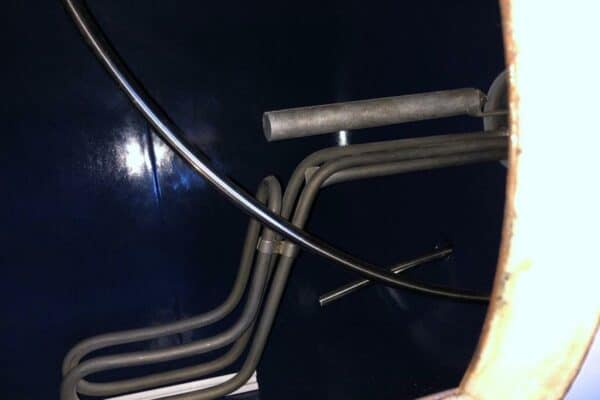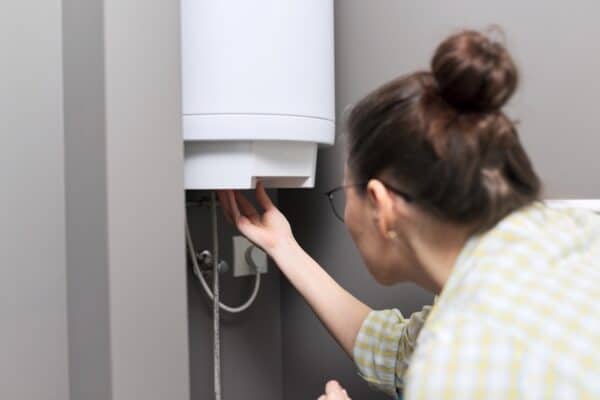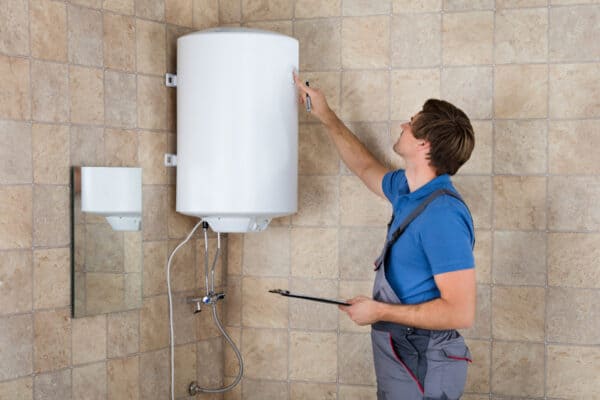How Electric Tankless Water Heaters Work?
Electric tankless water heaters are new to many people, especially those that are used to a gas boiler. Hence, they want to know more about electric tankless water heaters. So, let me explain.
Electric tankless water heaters work by using electrical resistance heater coils to raise the water temperature in a short period of time in order to produce instantaneous hot water. The heater coils of electric tankless water heaters run only when there is a flow of water and thus, no water is stored inside an electric tankless water heater.
At a glance, electric tankless water heaters may look simple. However, their control system is much more complicated than storage water heaters.
Working Principle of Electric Tankless Water Heaters
Electric tankless water heaters heat water using electrical resistance heater coils or simply, heater coils. Although they are called “tankless”, electric tankless water heaters actually do have a tank.
Major Components
To simplify things, I’ll explain how an electric tankless water heater works by only showing you the major components as follow:

Many electric tankless water heaters don’t have a booster pump. Usually, the pressure at the cold water line is enough to push the water through the tankless water heater while having enough water pressure coming out of the showerhead.
But, if the height between the cold water tank and the water heater is insufficient, gravity flow is weak and water pressure will be low. Hence, a booster pump is needed.
When it’s time to take a shower, you may turn on the water heater switch. By turning on the switch, the water heater does not run immediately because there is no flow of water.
Next, you turn on the hot water tap and the pressure at the cold water line naturally pushes the water through the water heater.
At the same time, the flow sensor on the water heater detects that there is a water flow and immediately activates the heater coil.
The heater coil, which is made of copper, is housed in a copper tank. Because copper is a highly conductive material, the water passing through the heater coil gets heated up instantaneously depending on the power of the water heater.
In a matter of seconds, the color of the heater coil can turn from bronze (copper) to scorching red.
When you’re done showering and turn off the hot water tap, cold water stops going into the water heater, the flow sensor detects no water flow and shut off the power supply to the heater coil.
Control Devices
Apart from the flow sensor, there is a printed circuit board (PCB) on electric tankless water heaters. The PCB is used to control the operation of the water heater.
Some electric tankless water heaters allow you to adjust the water temperature. If that’s the case, you’ll find a temperature knob on the body of the water heater and the knob is usually connected to the PCB.

Furthermore, electric tankless water heaters nowadays can self-regulate. Meaning, once you set the water temperature at 38°C (100°F), for example, it’ll make sure that the hot water coming out is exactly that.
The self-regulate temperature feature is done using a thermistor which is basically a type of temperature sensor. The thermistor is located right after the heater tank to sense the hot water temperature in real-time.
So, electric tankless water heaters are able to provide unlimited hot water at constant comfort.
Electric Tankless Water Heater Safety Devices
Electric tankless water heaters use a thermal cut off to protect themselves from overheating. The thermal cut off can be found on top of the copper tank.
Below is a diagram showing the potential location of a thermal cut off on an electric tankless water heater:
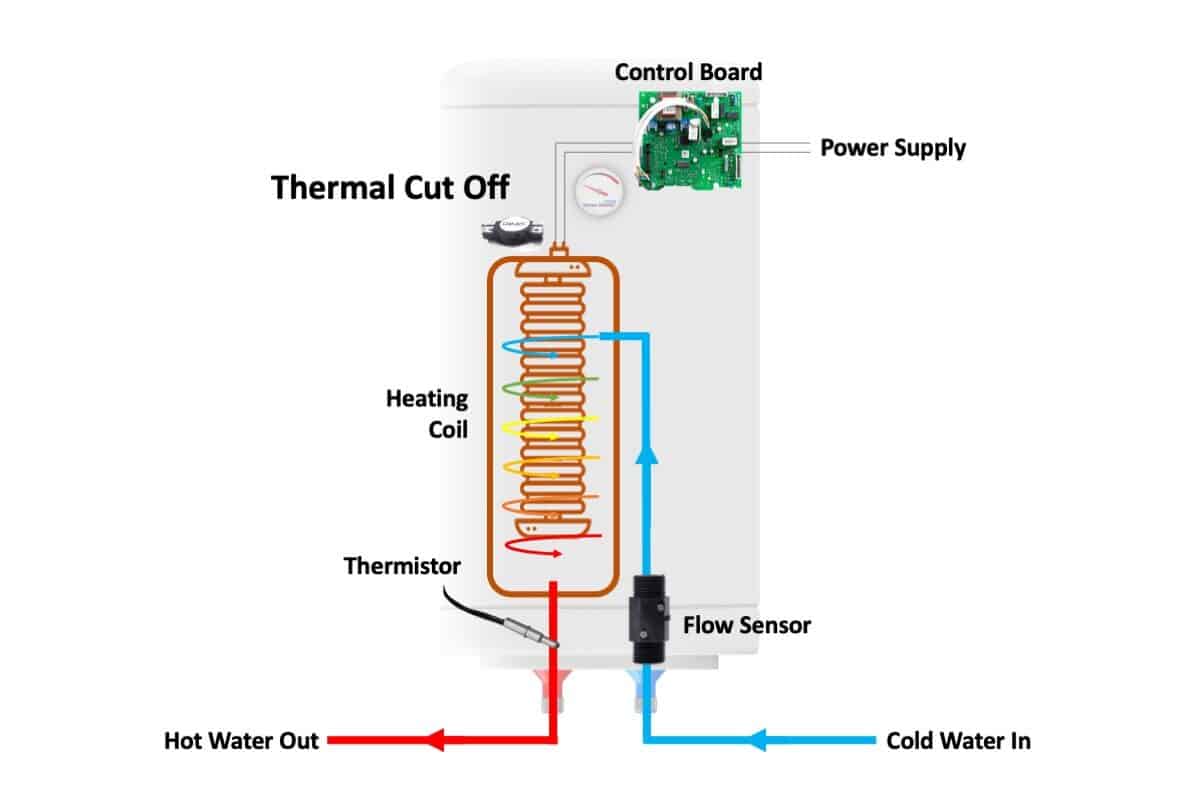
A thermal cut off is a mechanical safety device that stops the power supply to the heater coil when there is a malfunction.
When the temperature of the copper tank gets too high, power will be cut immediately to prevent the heater coil from potentially melting or other safety issues.
Sometimes, electric tankless water heaters have an additional temperature sensor for the PCB to trip the water heater when the hot water temperature is getting too high.
Electrocution Prevention
Many electric tankless water heaters are equipped with an onboard ELCB or earth leakage circuit breaker. It is an additional one to prevent electrocution through the water heater.
Often, people misunderstand and thought that it’s the water heater that is causing electrocution. However, if other electrical appliances in the house are leaking electricity, it can cause electrocution through a water heater since we have no protection against electrical conduction in the bathroom.
With an additional ELCB, should the house’s main ELCB fail to trip, the water heater will be able to stop causing electrocution by tripping its own ELCB.
Conclusion
Electric tankless water heaters don’t store hot water. They use heater coils to produce hot water in an instant, providing endless hot water. Electric tankless water heaters have multiple control and safety devices to ensure a worry-free shower.
If you have anything to add (or ask) about this topic, leave a comment down below!


